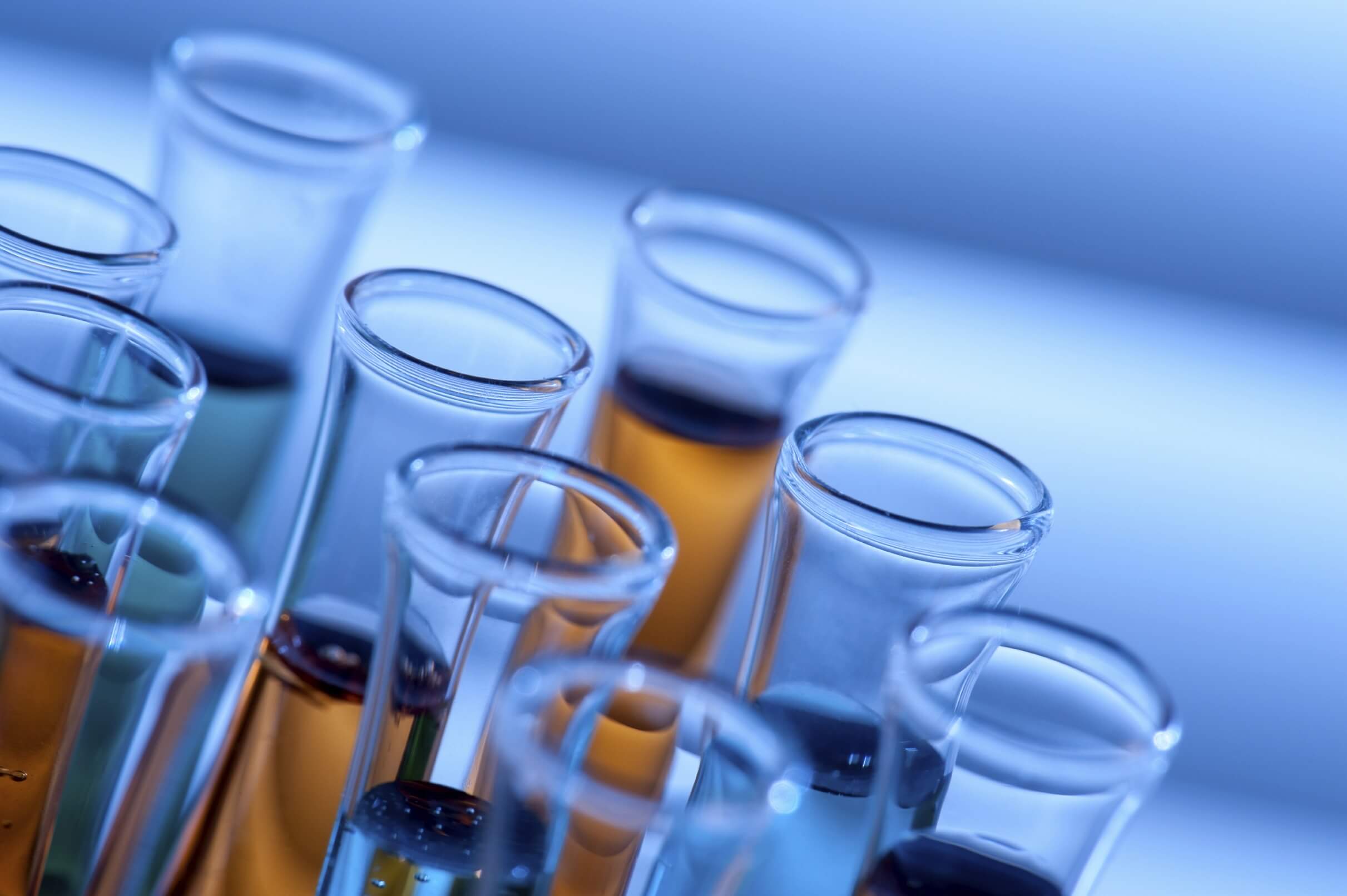Project Description
Biotechnology R&D Tax Credit
Business Scenario
All Animal Nutritional Organization (AANO) is dedicated to providing natural, non-antibiotic solutions to varied animal health and nutrition issues.
In 2012, AANO decided to take part in an eight-year study to ensure that American beef was a high quality meat that was environmentally responsible, safe and nutritious. AANO created a hypothesis for this program of investigation which stated,
“With knowledge of the intrinsic factors regulating the metabolism of the gastrointestinal tract, we can identify mechanisms for improving feed intake, enhancing feed efficiency and reducing the reliance on antibiotic use.”
The first research phase of AANO’s R&D study involved identifying the intrinsic factors that regulated feed intake in the cow and developing a suitable, low temperature, high moisture pellet that facilitated the ingestion of the feed by cows.
To achieve its technical objectives and overcome the related technical risks, the AANO generated new knowledge at the conclusion of each experimental stage and built upon that knowledge at every stage of the remaining project.
After undergoing its first year of experimentation, AANO needed to determine the eligibility of its proposed biotechnology industry R&D activities in order to know if they qualified for R&D Tax Relief Schemes. It had to be certain that its qualified research met key legislative requirements within the tax definition to demonstrate the project is R&D. These requirements include defining for tax purposes:
- Project
- Advance in science or technology
- science
- technology
- directly contribute
- scientific or technological uncertainty
. After self-assessing, AANO decided to register the following R&D expenditures with the IRS.
AANO’s R&D Activities:
Design and development of a series of prototypes to achieve the technical objectives and prove the hypothesis (design and adaptation of the chemosensory testing model).
AANO’s main objective for this activity was to determine whether a model for identifying cow preferences based on the chemosensory properties of an ingredient could be designed and developed. This experiment included:
- Identification of substances known to have an impact on feed intake and efficiency.
- Validation of a model for identifying cow preferences based on the chemosensory properties of an ingredient.
- Determination of the statistical sensitivity of the model for identifying the preferences of different ingredients and purification of feed ingredients.
- Determining of optimal feed processing conditions for retaining the intake improvement of an ingredient in a commercially relevant cow feed.
Trials and analysis of data to achieve results that can be reproduced to a satisfactory standard (development and testing of feed intake and efficiency enhancers).
The hypothesis for this AANO activity stated that with improved knowledge of the intrinsic factors regulating the metabolism of the gastrointestinal tract, it was possible to identify mechanisms for improving feed intake, enhancing feed efficiency and reducing the reliance on antibiotic use.
Details of this experiment included development of the enhancers based on information gained through the model and testing of the enhancers to ensure efficiency, accuracy and safety.
Background research to evaluate current knowledge gaps and determine feasibility (background research for feed intake and efficiency stimulants).
AANO’s background research included literature search and review, consultations with industry professionals and potential customers, and preliminary equipment and resources review.
The activities conducted during the background research were eligible because they assisted in identifying the key elements of the research project.
Ongoing analysis of customer or user feedback to improve the prototype design (feedback R&D of the feed intake and efficiency enhancers).
AANO’s eligible R&D activity for this phase of its project included:
- Ongoing analysis and testing to improve the efficiency and safety of the project.
- Ongoing development and modification to interpret the experimental results and draw conclusions that served as starting points for the development of new hypotheses.
- Commercial analysis and functionality review.
These activities were necessary to evaluate the performance capabilities of the new design in the field and to improve any flaws in the design, therefore qualifying as R&D.
Commentary
QUALIFIED RESEARCH DEFINED
Qualified R&D projects consists of research for the intent of achieving an advance in overall knowledge. Advances in capabilities in the field of science or technology through the resolution of scientific process or technological uncertainty general qualify as R&D project. The advancement but not simply be in its own state of knowledge or capability. A companies R&D project must relate to the trade of the business whether it be an existing product or process or one intend to start based on R&D outcomes.
QUALIFYING PROJECT WITHIN THE TAX DEFITION
Activities that are eligible for R&D Relief are defined in the Guidelines by the HMRC, which must be met for the project to qualify as R&D.
- Project
- Advance in science or technology
- Science
- Technology
- Directly contribute
- Scientific or technological uncertainty
What records and specific documentation did AANO keep?
Similar to any tax credit or deduction, AANO had to save business records that outlined what it did in its R&D activities, including experimental activities and documents to prove that the work took place in a systematic manner.
AANO saved the following documentation:
- Background research
- Project records and laboratory notebooks
- Photographs / videos of extrusion process
- Testing protocols
- Results or analysis from testing / trial runs
- Records of resource allocation / usage logs
- Tax invoices
By having these records on file, AANO confirmed that it was “compliance ready” — meaning if it was audited by the HMRC, it could present documentation to show the progression of its R&D work, ultimately proving its R&D eligibility.






